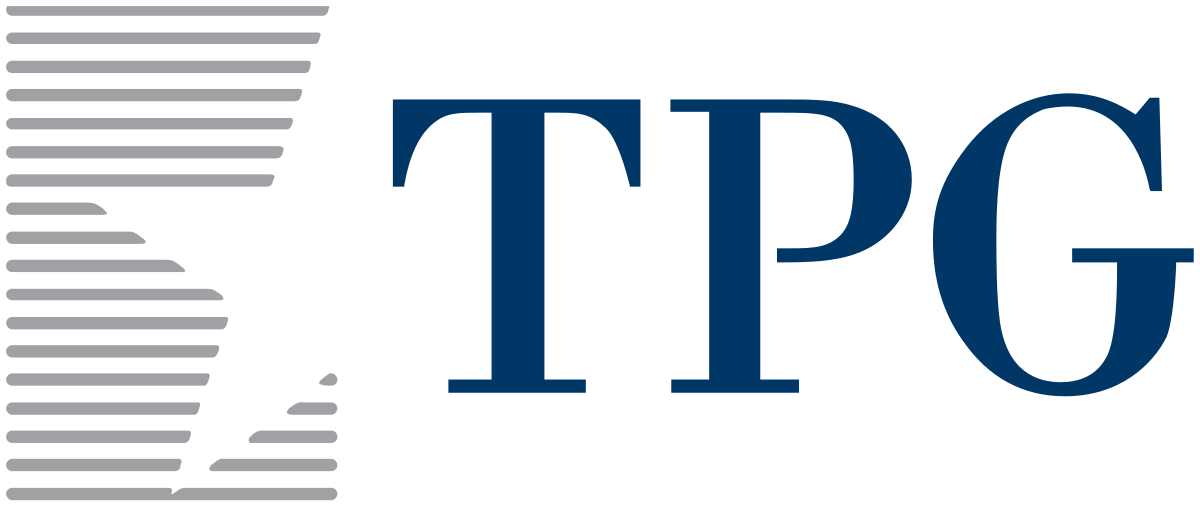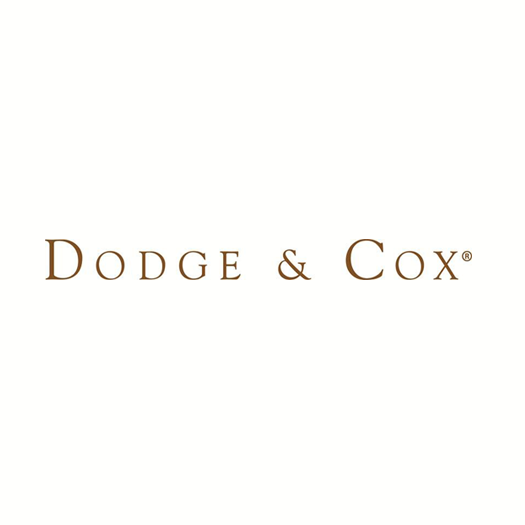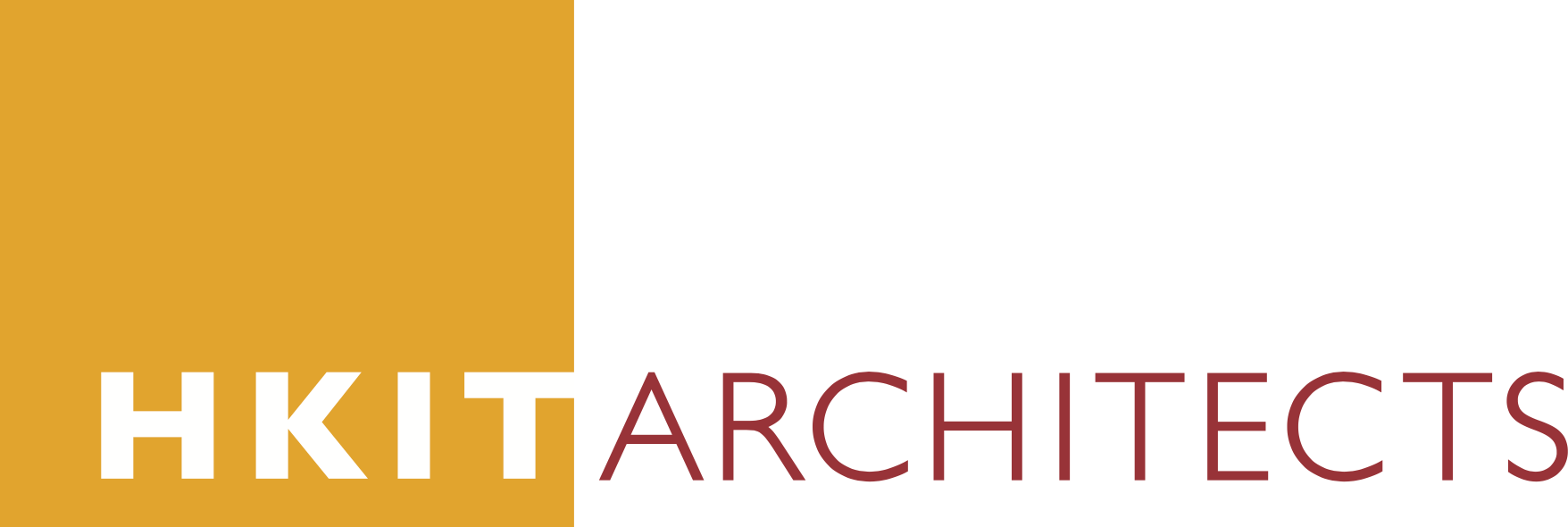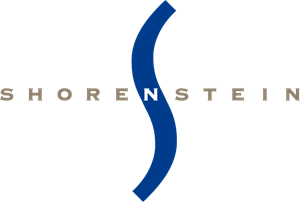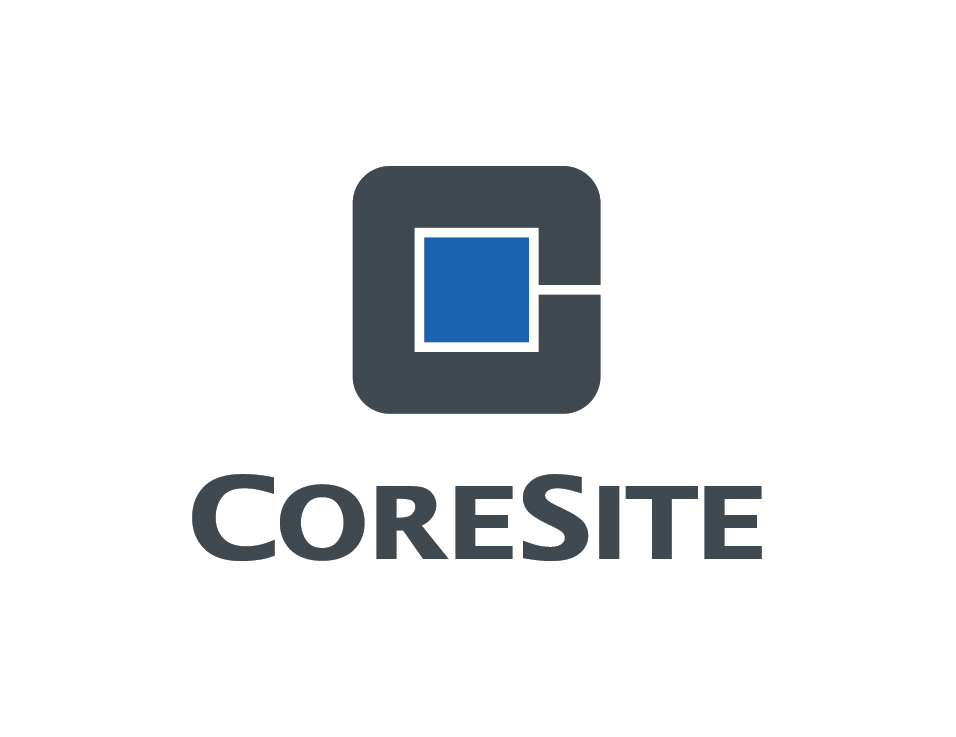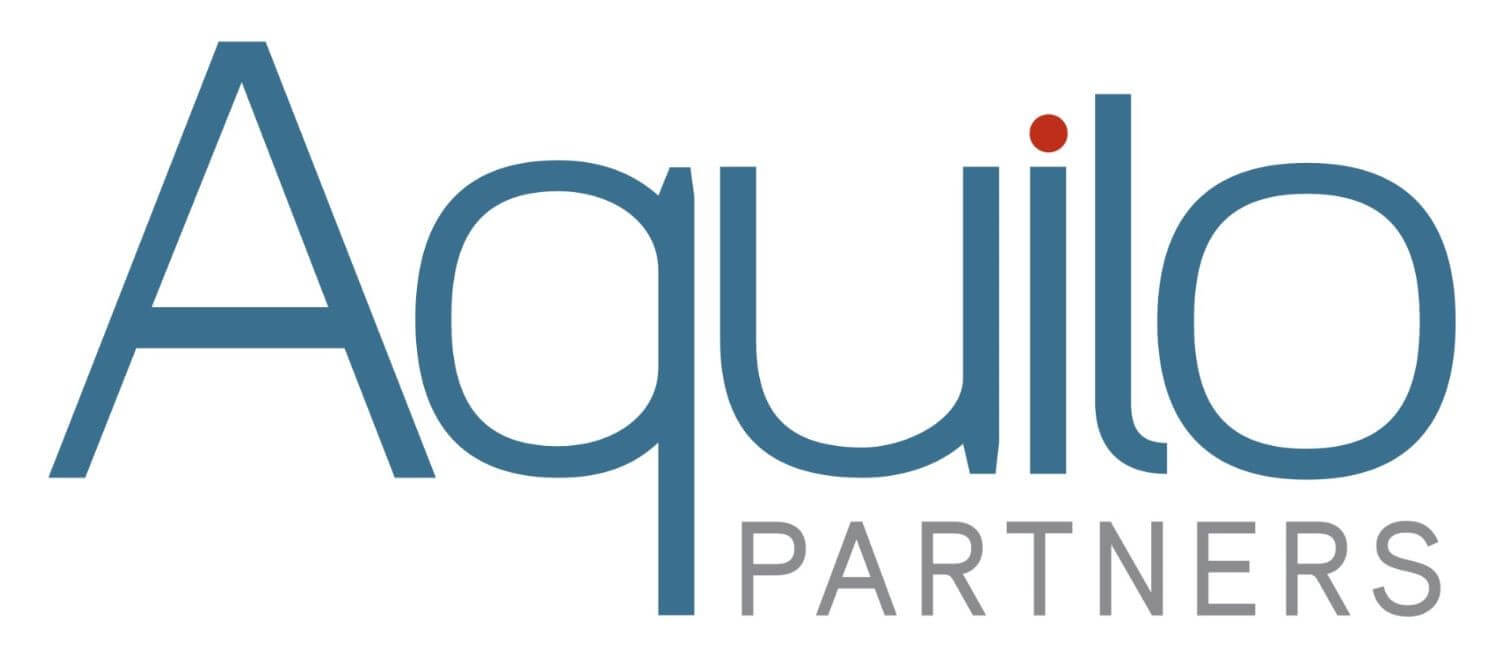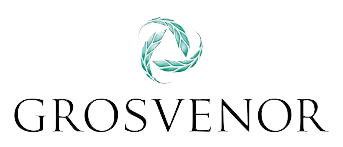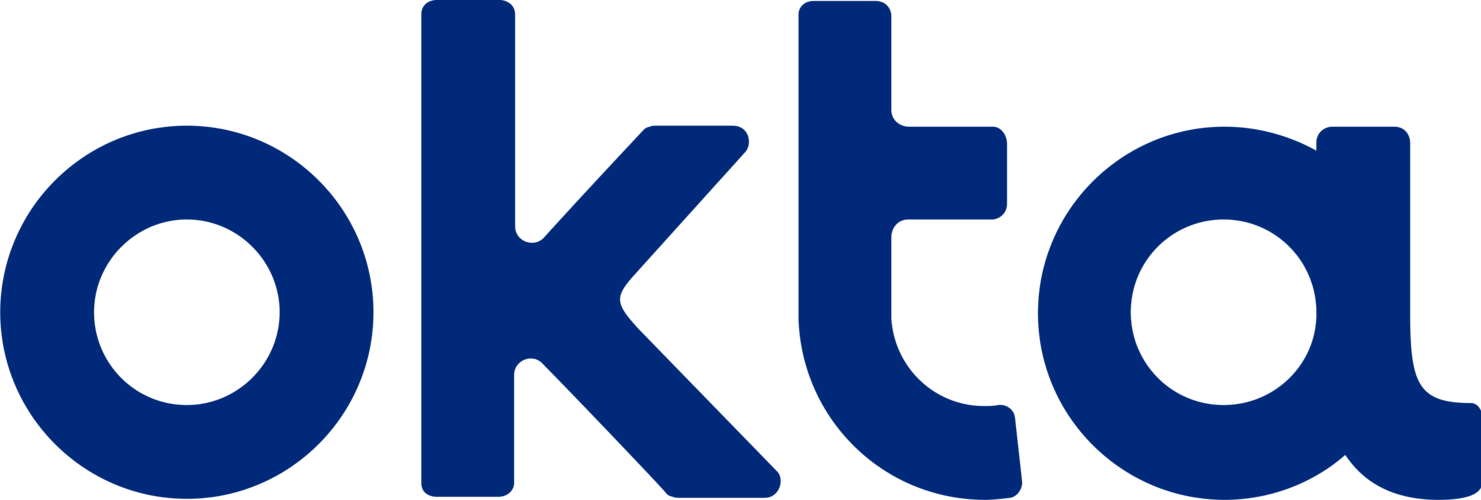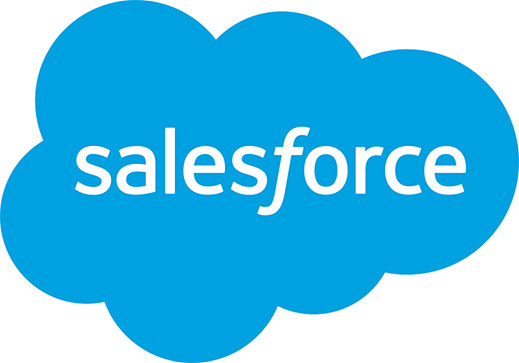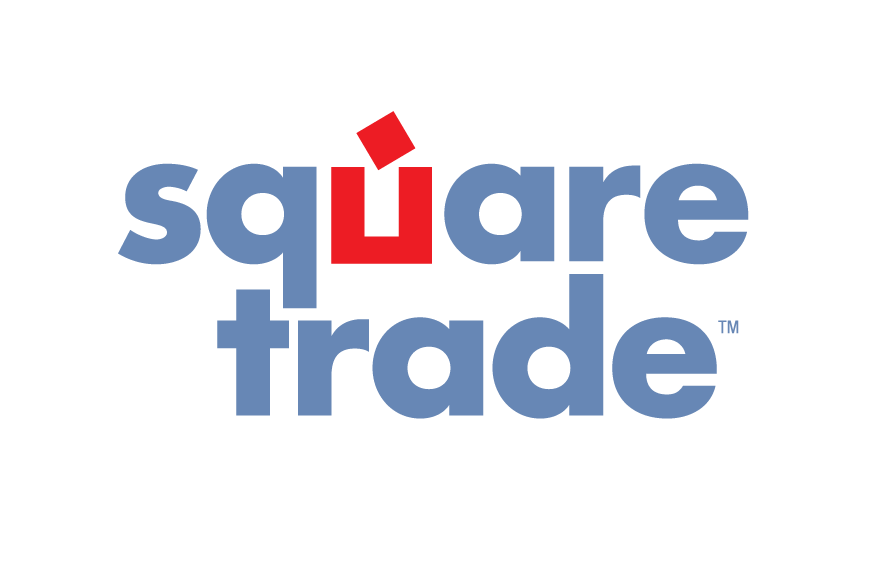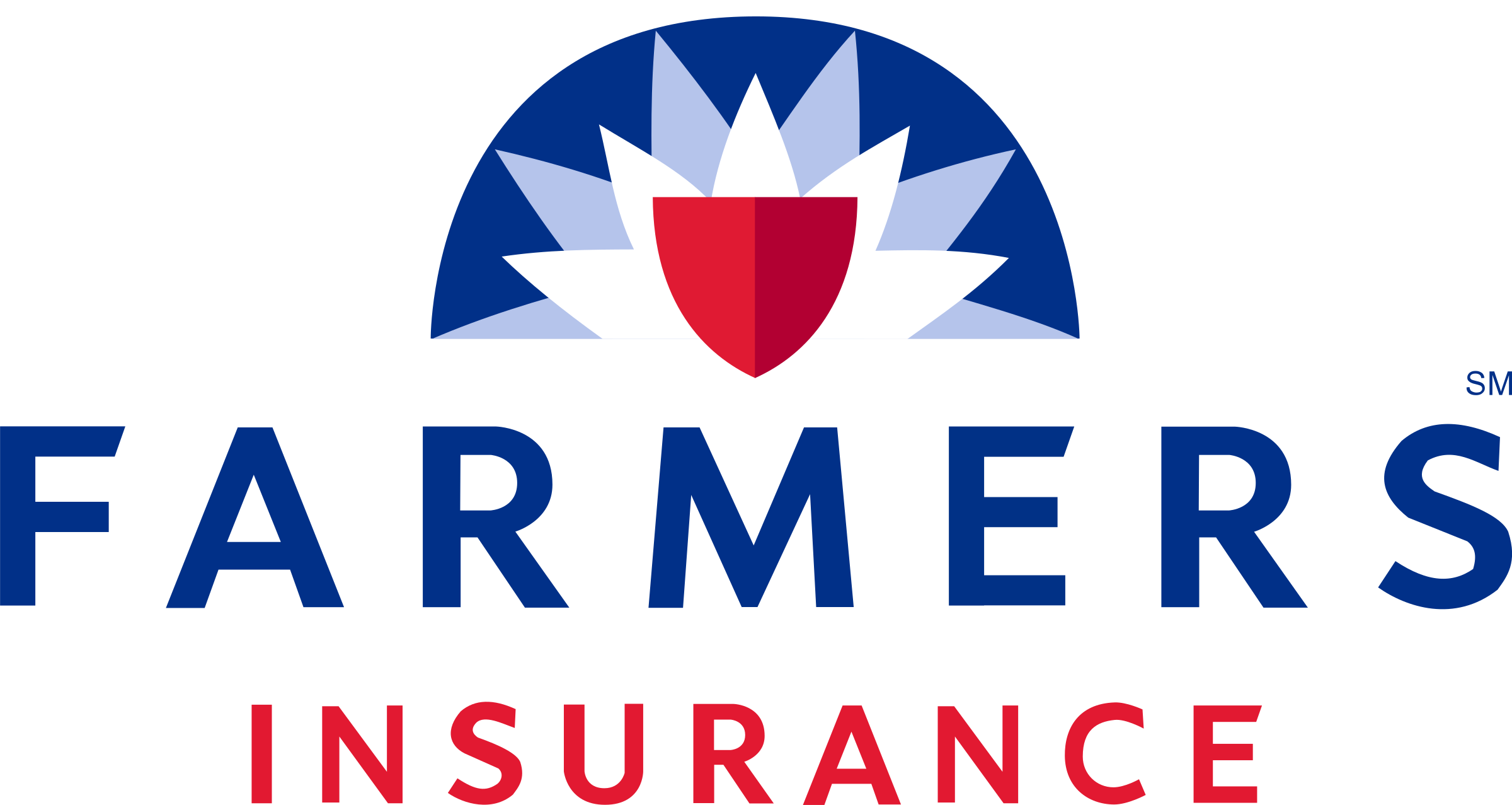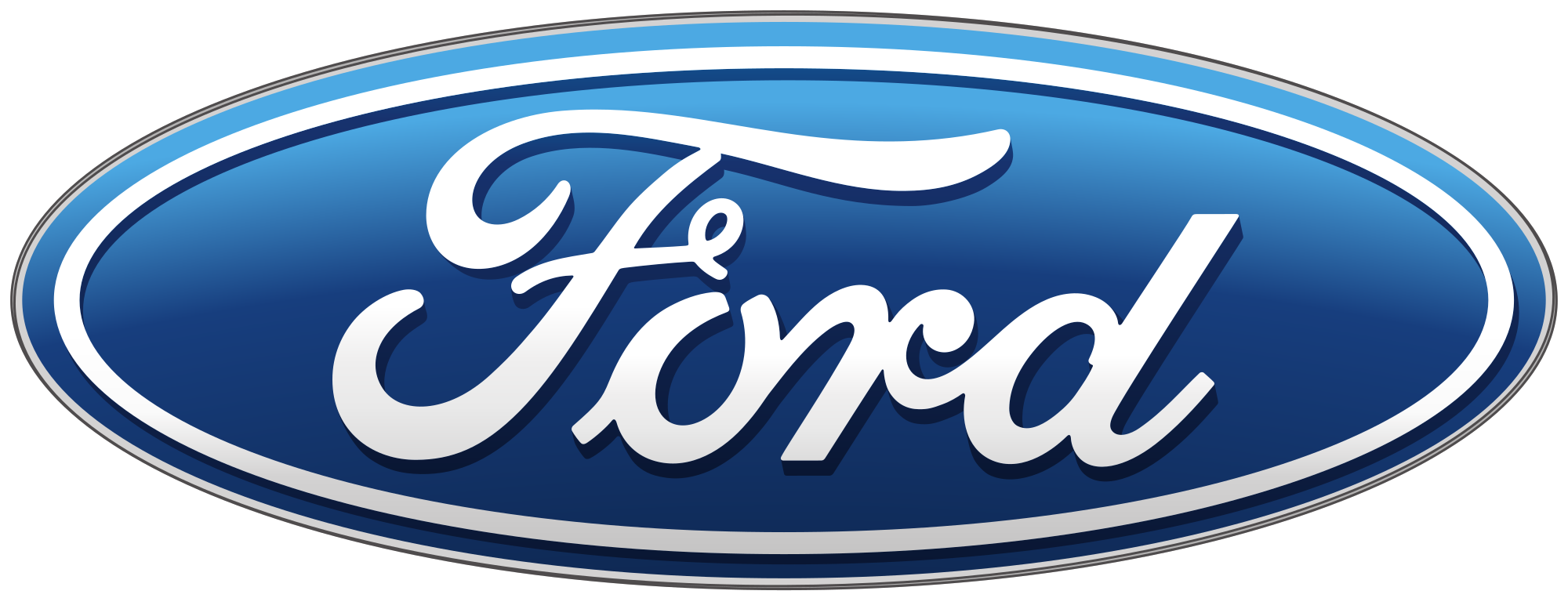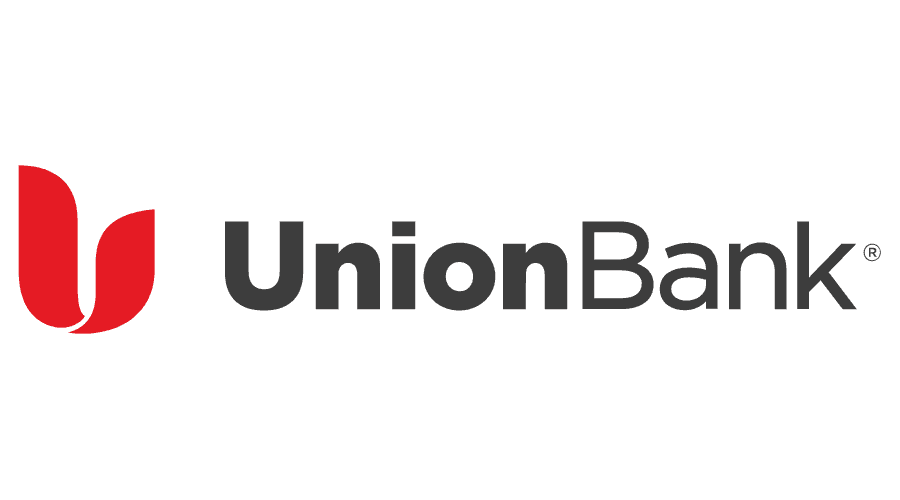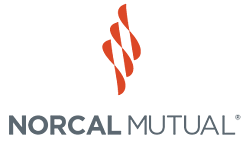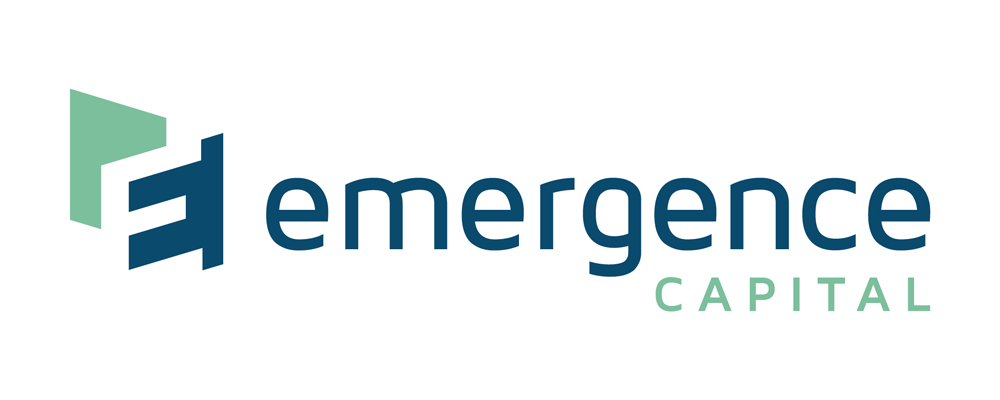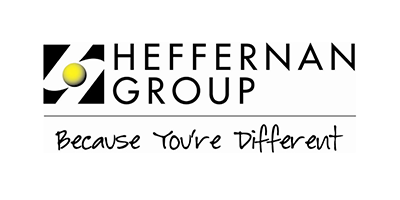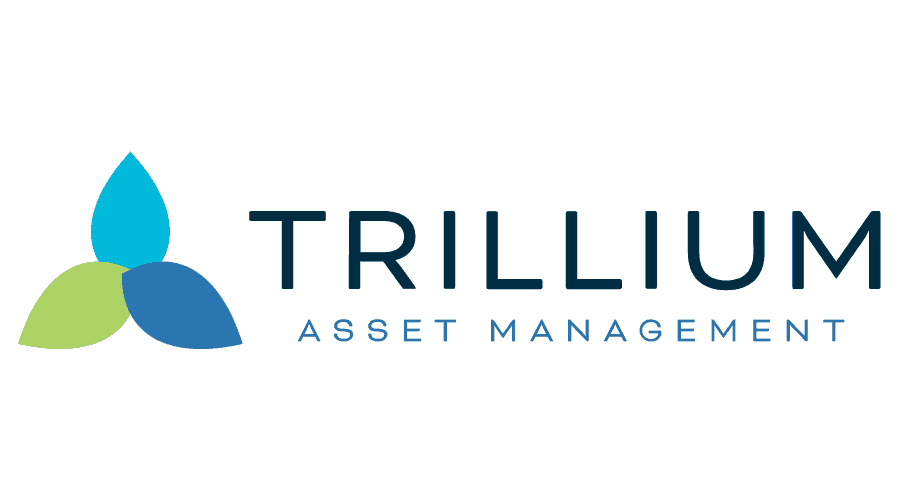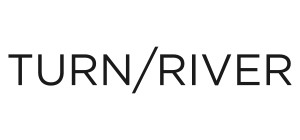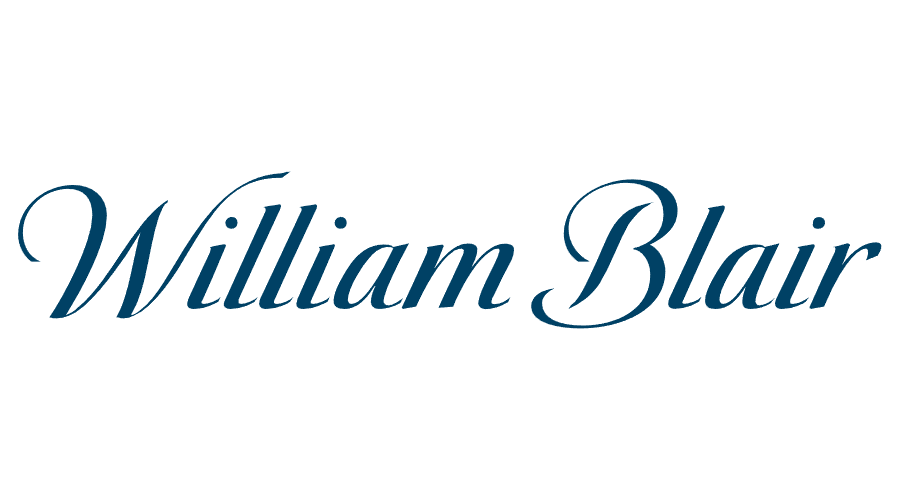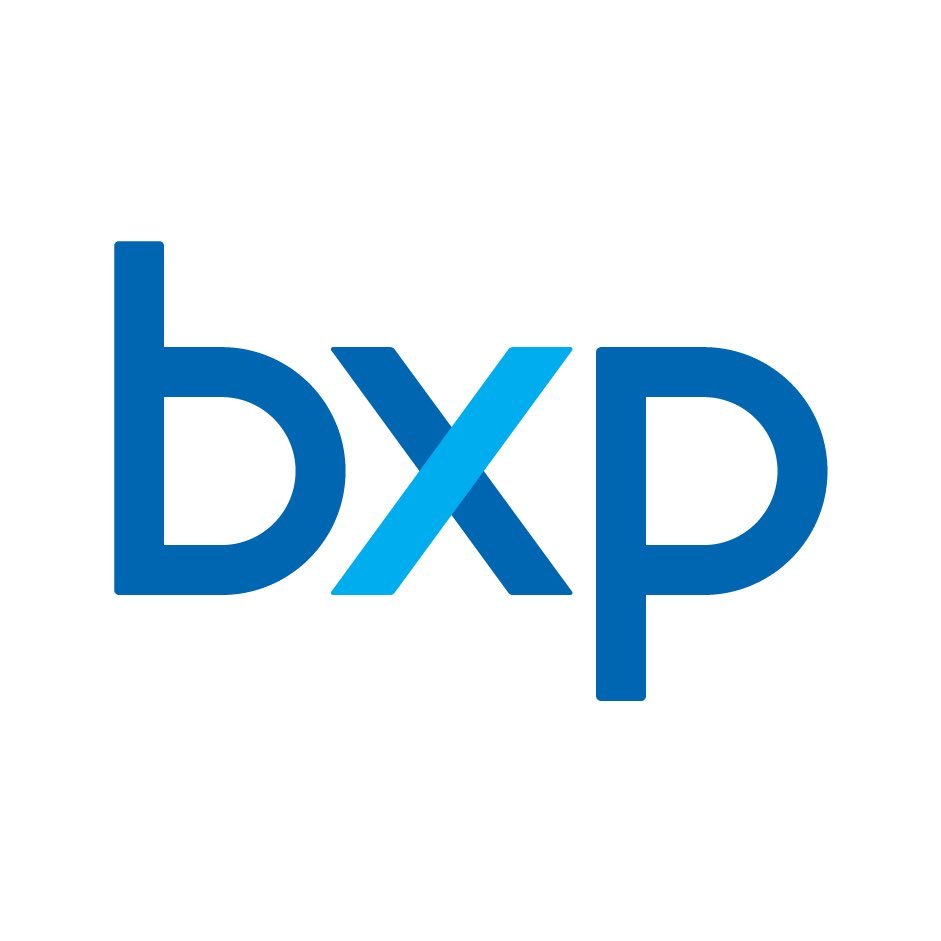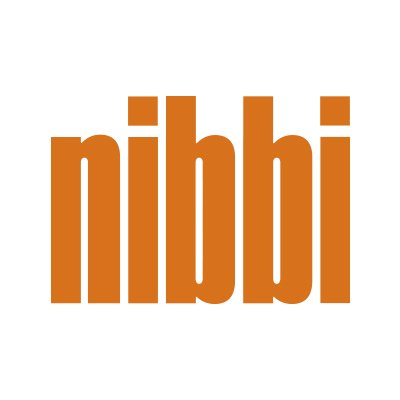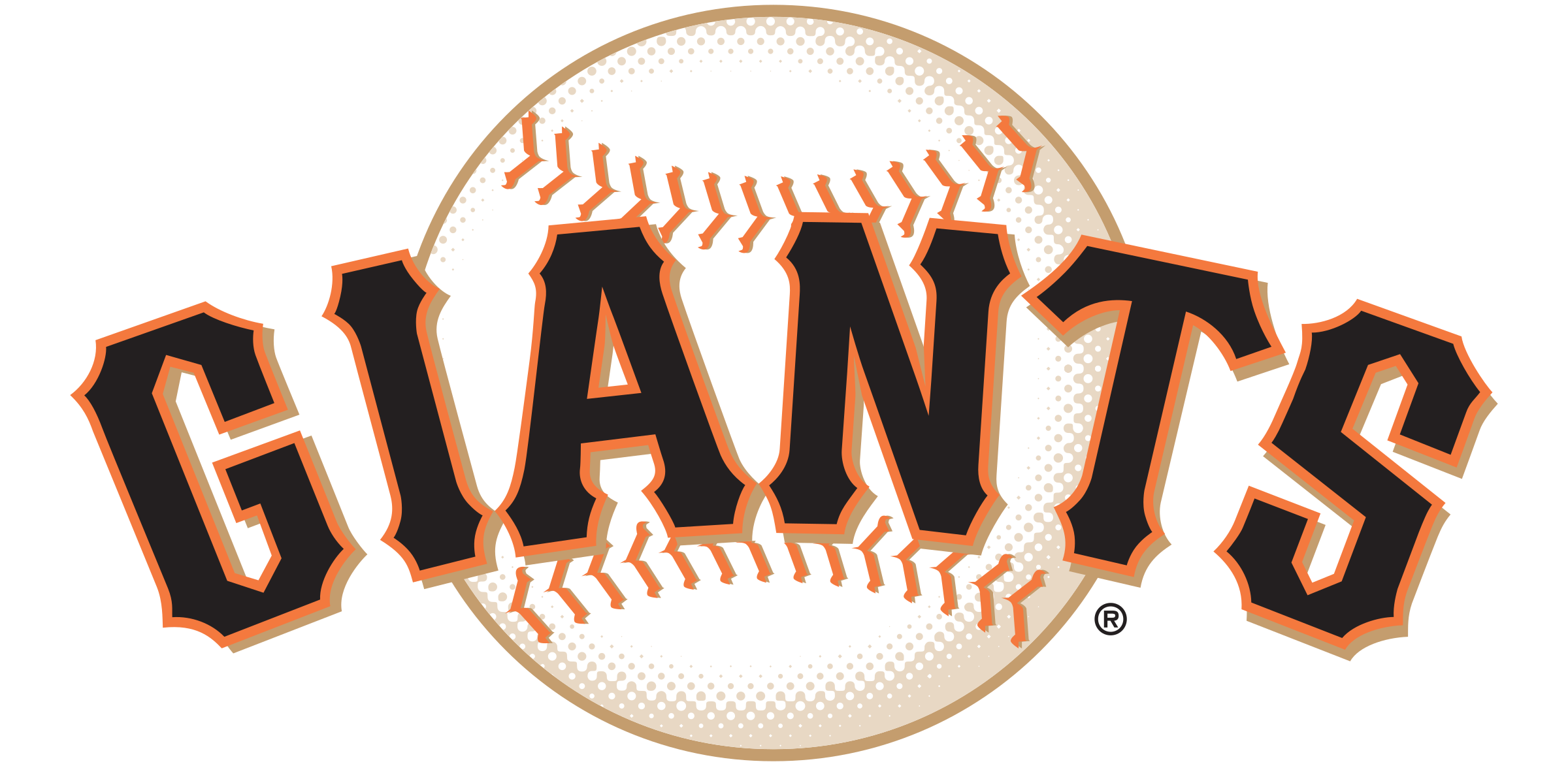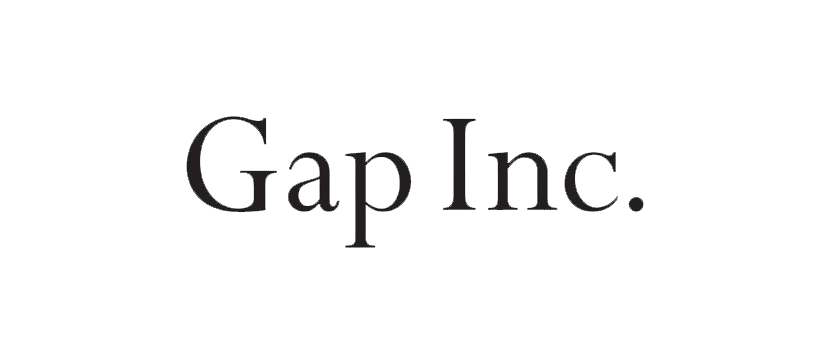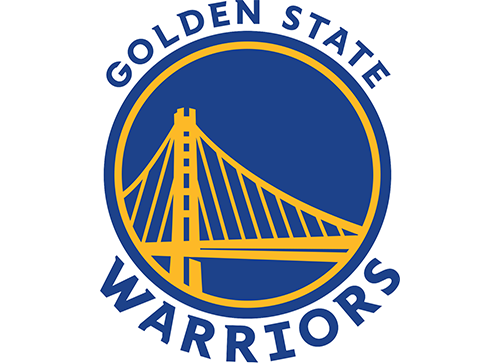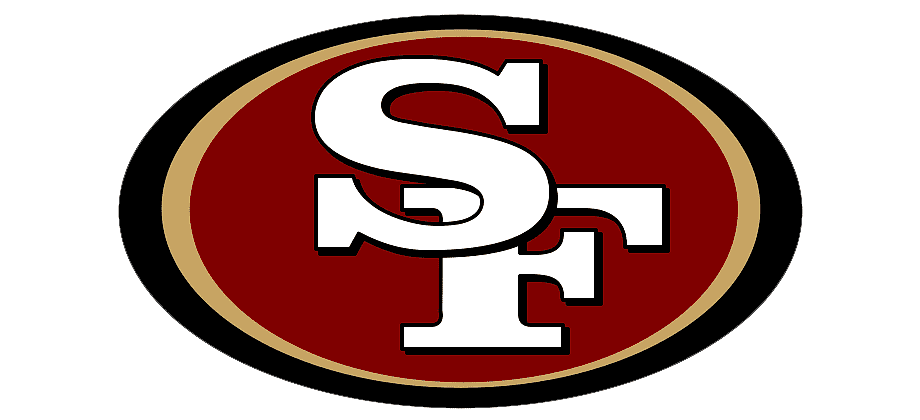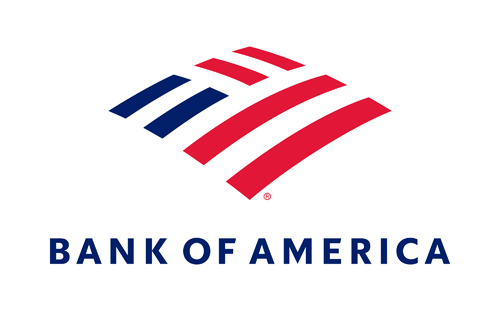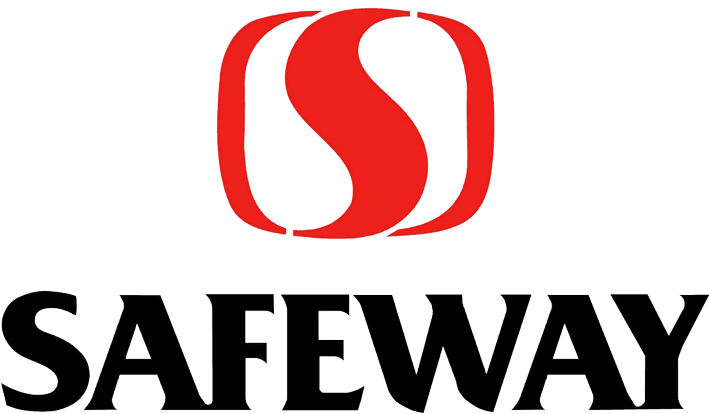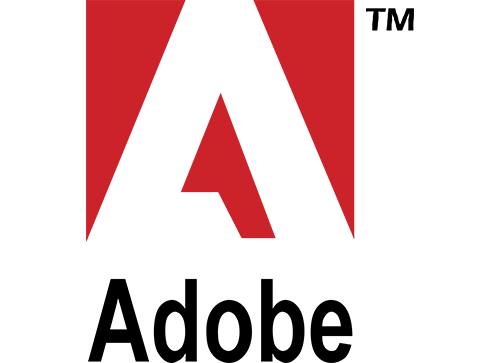Building Resumes and Resilience
Mac was nervous. He’d spent the last week working on his resume and making sure his cover letter was perfect. Wearing a red collared shirt, he settled in behind the computer screen, where his interviewerers waited in a virtual conference room. His resume included 12 years of working as a chef — followed by a two-year employment gap.
“So Mac,” the interviewers said, “tell us about you.”
At that moment, Mac was a trainee in St. Anthony’s Workforce Development program, which helps job seekers with barriers to employment. His interlocutors were not human resource specialists, but corporate volunteers who’d signed up to conduct mock interviews. In another room, the other members of his cohort watched. Nick had performed custodial work since he was 16; Armand was a rigger, who’d once set up the stage for the legendary rapper Nas; Reuben was a massage therapist, who’d daubed lavender oil inside his mask that morning to calm his nerves. All four trainees were clients at Father Alfred Center, St. Anthony’s residential recovery program.
Also on the call were their teachers, members of the Workforce Development team, who took notes and hoped their students would remember what they’d discussed in class. The mock interviews were part of Workforce Development’s new three-week training program, designed to build resumes and resilience. Not only do trainees learn how to navigate the job market, they explore what it means to bring your best self to work and how to to do it day after day.
This is cutting-edge stuff in the world of job preparation, which has traditionally focused more on how to get a job than how to be happy and productive in one. Workforce Development Manager David Bransten says conventional practices tend towards a one-size-fits-all approach that overlooks the individual.
“I can’t ask you to do all of these things when you haven’t identified who you are and what you want,” says Bransten. “That’s especially true when there’s a history of trauma, which is the case for many in our community.”
To foster personal and professional development, Bransten built a trauma-informed curriculum that emphasizes emotional intelligence. Using the principles of positive psychology, trainees identify their innate strengths and learn how to leverage them when challenges arise. They also take time to consider their values, reflecting on what type of work would be meaningful and emotionally-satisfying. For some, this may be the first opportunity they’ve had to explore their own psyches.
“There’s research and there’s me-search,” says Bransten.
Joe Klocek, who went through the program at Father Alfred Center and is now a career planner with Workforce Development, puts it this way: “They’re allowed to dream a little bit.”
Mindfulness is another critical component. At companies like Apple and Google, mindfulness and meditation trainings teach employees how to effectively engage and manage the full spectrum of thoughts and feelings, from negative to positive. But Bransten worried that these powerful tools were not being shared with the people that needed them most.
“Who is going to benefit from mindfulness more than my community?” he asks.
The training is immersive, entertaining, and experiential in nature. Classes are taught virtually and in person, and feature a mix of presentation and participation. In one activity, a participant hooked up to a VR headset must deactivate a bomb by following the instructions of his or her peers. In another, participants work together to build a cup pyramid — without touching the cups. The final project asks trainees to use the metaphor of a sailboat to reflect on their own lives; a small armada of paper sailboats now sits in the Workforce Development classroom.
So far, five cohorts have completed the new curriculum — four from our Client Safety Services team and one from Father Alfred Center. Eventually, Bransten would like to be able to open the training to other members of the St. Anthony’s community. He’s also working to add an internship component, where trainees can put into practice the skills they’ve learned in class. In this scenario, someone like Mac would be able to intern in the St. Anthony’s dining room.
And we’d be lucky to have him. During his mock interview, Mac talked about his passion for cooking, leadership skills in the kitchen, and the sriracha aioli he’d developed for a vegan burger joint. When asked if he could handle a fast-paced environment, he said that if he wasn’t working at a fast pace, he didn’t feel like he was working at all. And when asked about the two-year gap on his resume, he answered from the heart. It had been a dark time for him; he’d lost his father and had to seek treatment at Father Alfred Center. There, he’d developed a new sense of gratitude and learned to love himself again. Now, he was looking forward to the brighter future that lay ahead.
“I’ve got my passion and I’m ready to get my career going,” he told the interviewers. “I’m ready to become the comeback player of the century.”
We’ll be cheering him every step of the way.




